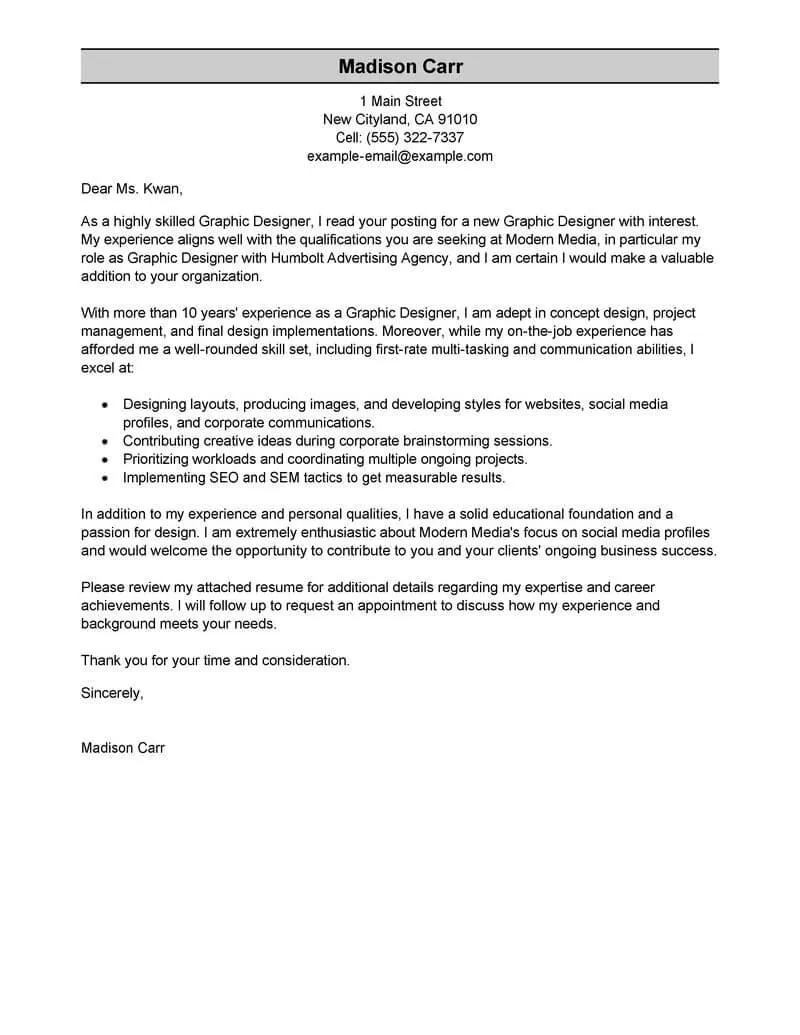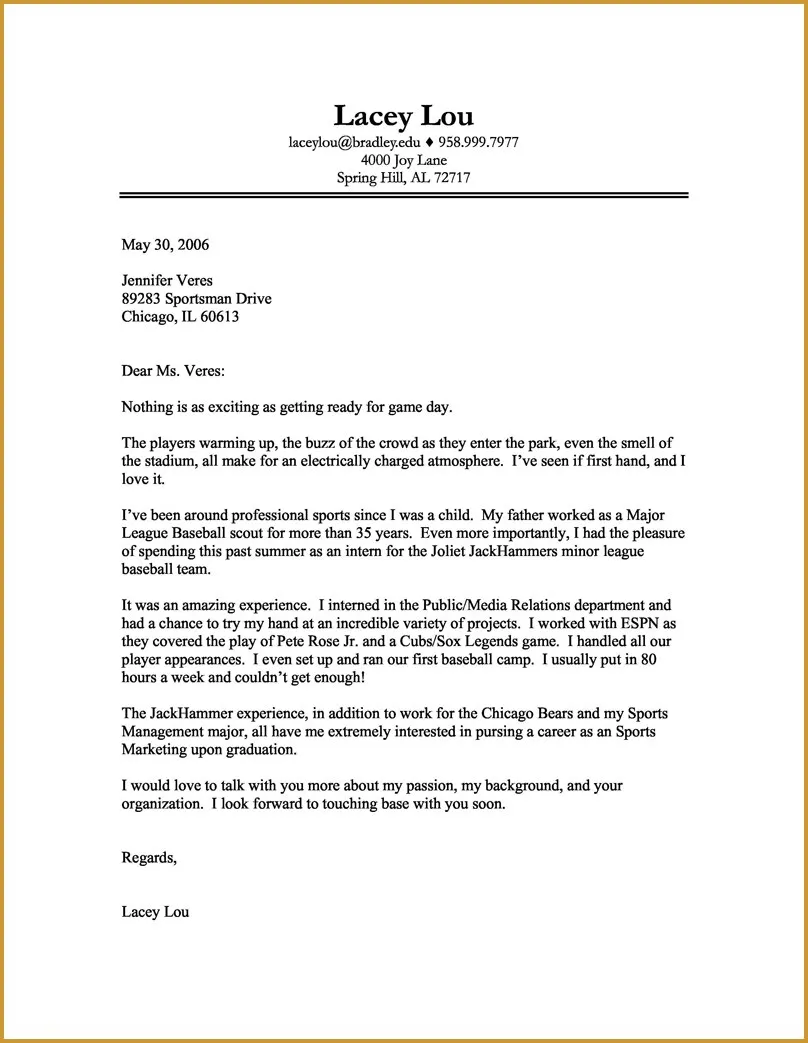What is Website Traffic
Website traffic refers to the number of visitors who access a website. It is a crucial metric for any online business or platform, as it directly impacts visibility, engagement, and ultimately, conversions. Understanding and increasing website traffic is fundamental to achieving online success. Without a steady stream of visitors, your website remains unseen, and its potential unfulfilled. Effective strategies for attracting and retaining visitors are vital to online growth. Increasing website traffic is not just about numbers; it is about attracting the right audience, those who are genuinely interested in your content or products. This targeted approach ensures that your efforts translate into meaningful engagement, leads, and sales, helping your business thrive in the competitive digital landscape.
Understanding Website Traffic Basics
Website traffic is typically measured by the number of sessions, users, and page views. A session represents a single visit to your site, a user is a unique visitor, and page views indicate the total number of pages viewed during a session. Analyzing these metrics provides insights into user behavior, popular content, and overall site performance. Several factors influence website traffic, including search engine optimization (SEO), content quality, social media activity, and paid advertising. SEO involves optimizing your website to rank higher in search engine results, making it more visible to potential visitors. High-quality content attracts and retains visitors, encouraging them to share your content and return for more. Social media platforms provide avenues for promoting your website and engaging with your audience. Paid advertising offers a direct way to drive traffic by targeting specific demographics and interests. Monitoring your traffic sources, such as organic search, direct traffic, referrals, and social media, helps you understand where your visitors are coming from and which marketing efforts are most effective.
Why Website Traffic Matters

Increased website traffic is directly proportional to increased opportunities for lead generation, sales, and brand awareness. A website with high traffic is more likely to convert visitors into customers, as more people are exposed to your products or services. High traffic also enhances brand visibility, positioning your business as an authority in your industry. Search engines favor websites with high traffic, as it indicates that the site provides valuable content and user experience. A high-traffic website benefits from increased advertising revenue, as it can attract more advertisers willing to pay for ad placements. Website traffic allows you to gather valuable user data, such as demographics, behavior patterns, and preferences. This data can be used to refine your marketing strategies, improve user experience, and tailor your products or services to meet customer needs. Overall, website traffic is the lifeblood of any online business, driving growth, enhancing brand reputation, and ensuring long-term success.
Effective SEO Strategies
Keyword Research
Keyword research is the foundation of any successful SEO strategy. It involves identifying the words and phrases that your target audience uses when searching for information, products, or services. Effective keyword research helps you create content that aligns with user search intent, increasing your chances of ranking higher in search engine results. Tools like Google Keyword Planner, SEMrush, and Ahrefs are invaluable for discovering relevant keywords, analyzing search volume, and understanding keyword competition. When selecting keywords, prioritize those with high search volume and low competition, as they offer the best balance of visibility and ranking potential. Long-tail keywords, which are longer, more specific phrases, often have lower competition and can drive highly targeted traffic. By focusing on relevant keywords, you can ensure that your website attracts visitors who are genuinely interested in your content, improving your conversion rates and overall ROI. Regularly update and refine your keyword strategy as trends and user behavior evolve to maintain optimal visibility.
On-Page Optimization

On-page optimization refers to the techniques you use directly on your website to improve its search engine rankings. This includes optimizing your website’s title tags, meta descriptions, headings, and content. Title tags and meta descriptions are crucial for conveying the topic of your page to search engines and users. Craft compelling, keyword-rich title tags and meta descriptions that encourage clicks. Optimize your headings (H1, H2, H3, etc.) to structure your content logically and include relevant keywords. Ensure your website content is original, informative, and engaging, incorporating your target keywords naturally. Optimize image alt text with descriptive, keyword-rich phrases to improve image search rankings. Improve your website’s loading speed, as this is a key factor in user experience and search engine rankings. Implement internal linking to connect related pages on your website, helping search engines understand the context of your content and improving navigation for users. Regularly audit and update your on-page optimization efforts to maintain optimal performance and adapt to changes in search engine algorithms.
Off-Page Optimization
Off-page optimization involves activities performed outside of your website to improve its search engine rankings. This includes building high-quality backlinks, engaging in social media marketing, and managing your online reputation. Backlinks are links from other websites to yours, and they are a critical ranking factor for search engines. Focus on earning backlinks from authoritative and relevant websites in your industry. Engage in social media marketing to promote your content, build brand awareness, and drive traffic to your website. Actively manage your online reputation by responding to reviews, addressing customer feedback, and monitoring mentions of your brand. Participate in online communities and forums to build relationships, share your expertise, and promote your website. Guest blogging on other websites provides an opportunity to reach new audiences, build backlinks, and establish yourself as an industry expert. Off-page optimization takes time and consistent effort, but it is essential for building a strong online presence and improving your website’s search engine rankings.
Content Marketing Techniques
Creating High-Quality Content

Creating high-quality content is the cornerstone of attracting and retaining website traffic. High-quality content is informative, engaging, and valuable to your target audience. It addresses their needs, answers their questions, and provides solutions to their problems. Focus on creating content that is unique, well-researched, and original. Use a variety of content formats, such as blog posts, articles, videos, infographics, and podcasts, to cater to different preferences and learning styles. Optimize your content for readability with clear headings, subheadings, and bullet points. Ensure your content is accurate, up-to-date, and free of errors. Incorporate visuals, such as images, videos, and infographics, to enhance engagement and make your content more appealing. Consider your audience’s needs and interests when creating content. Regularly update and refresh your existing content to maintain its relevance and appeal. High-quality content is not just about the words, but also about the overall user experience.
Content Promotion
Content promotion is the art of getting your content seen by the right audience. This includes sharing your content on social media platforms, promoting it via email marketing, and leveraging other channels to reach your target audience. Share your content on social media platforms like Facebook, Twitter, LinkedIn, and Instagram. Use relevant hashtags to increase your content’s visibility. Promote your content via email marketing by sending newsletters, announcements, and updates to your subscribers. Engage with your audience by responding to comments, answering questions, and participating in relevant online communities and forums. Consider guest blogging on other websites to reach new audiences and promote your content. Collaborate with influencers and other businesses to promote your content and expand your reach. Paid promotion, such as social media advertising and pay-per-click advertising, can accelerate your content’s visibility. Regularly track and analyze your content promotion efforts to determine what works best and adjust your strategy accordingly. Effective content promotion ensures that your valuable content gets the attention it deserves.
Social Media Marketing
Building a Strong Social Media Presence

Building a strong social media presence is essential for driving traffic to your website. This involves creating and maintaining active profiles on the social media platforms where your target audience spends their time. Choose the social media platforms that align with your target audience and business goals. Regularly create and share engaging content on your social media profiles. Interact with your followers by responding to comments, answering questions, and participating in relevant conversations. Use social media analytics to track your performance and measure the impact of your efforts. Run contests and giveaways to increase engagement and attract new followers. Use social media advertising to reach a wider audience and promote your website. Stay up-to-date with the latest social media trends and best practices. Create a consistent brand voice and visual style across all your social media profiles. Building a strong social media presence is an ongoing process that requires consistent effort, engagement, and adaptation.
Social Media Content Strategies
Creating effective social media content is crucial for driving engagement and attracting visitors to your website. Share a variety of content formats, such as text, images, videos, and stories, to keep your audience engaged. Tailor your content to the specific platform you are using, as each platform has its own audience and best practices. Use high-quality visuals that grab attention and communicate your message effectively. Create compelling captions that are informative, engaging, and relevant to your audience. Include calls to action in your posts, encouraging your audience to visit your website, sign up for your newsletter, or make a purchase. Use relevant hashtags to increase the visibility of your content. Run contests and giveaways to boost engagement and attract new followers. Schedule your posts to ensure consistent content delivery. Track and analyze your social media performance to determine what content resonates best with your audience. Effective social media content is designed to build relationships, generate leads, and drive traffic to your website.
Email Marketing for Traffic
Building an Email List

Building an email list is a valuable strategy for driving targeted traffic to your website. Offer valuable content, such as ebooks, guides, or exclusive discounts, in exchange for email sign-ups. Create clear and compelling signup forms on your website, including pop-ups, embedded forms, and landing pages. Make it easy for visitors to subscribe by placing signup forms in prominent locations. Promote your email signup on social media and other marketing channels. Segment your email list based on subscriber interests, demographics, or behavior. Provide subscribers with valuable content, such as exclusive offers, newsletters, and updates. Regularly clean your email list by removing inactive subscribers. Use email marketing tools to manage your list, send emails, and track your results. Building an email list is an ongoing process that requires consistent effort, offering value, and building trust with your subscribers.
Email Newsletter Content
Creating engaging email newsletter content is key to driving traffic back to your website. Share valuable content that provides value to your subscribers, such as blog posts, articles, and tips. Include a clear call to action in each email, encouraging subscribers to visit your website, read your latest content, or make a purchase. Use compelling subject lines that grab attention and entice subscribers to open your emails. Personalize your emails to increase engagement and build relationships with your subscribers. Segment your email list and tailor your content to different subscriber interests and demographics. Use a consistent brand voice and visual style in your emails. Include high-quality visuals, such as images and videos, to enhance your email content. Track your email open rates, click-through rates, and conversions to measure the effectiveness of your emails. Regularly test different email content and subject lines to optimize your results. Effective email newsletter content keeps subscribers engaged and drives them back to your website.
Paid Advertising for Traffic
PPC Advertising

Pay-Per-Click (PPC) advertising is a direct method of driving targeted traffic to your website. This includes platforms such as Google Ads, Bing Ads, and social media advertising. Conduct thorough keyword research to identify relevant keywords that align with your target audience and business goals. Create compelling ad copy that is informative, engaging, and includes a clear call to action. Set a budget and bidding strategy that aligns with your goals and financial resources. Target your ads to specific demographics, locations, and interests. Monitor your ad campaigns closely and make adjustments as needed to optimize performance. Test different ad variations and landing pages to identify what works best. Analyze your conversion rates and return on investment (ROI) to measure the effectiveness of your campaigns. Use PPC advertising to promote your products or services, drive traffic to specific landing pages, and generate leads. PPC advertising can be a cost-effective way to quickly increase website traffic and achieve your marketing goals.
Social Media Advertising
Social media advertising is an effective way to reach a large audience and drive traffic to your website. Choose the social media platforms that are most relevant to your target audience. Define your target audience based on demographics, interests, and behaviors. Create compelling ad creatives, including images, videos, and ad copy. Set a budget and bidding strategy that aligns with your goals and budget. Target your ads to specific demographics, interests, and locations. Monitor your ad campaigns closely and make adjustments as needed to optimize performance. Test different ad creatives and targeting options to identify what works best. Analyze your conversion rates and return on investment (ROI) to measure the effectiveness of your campaigns. Use social media advertising to promote your content, generate leads, and drive traffic to your website. Social media advertising can be a powerful tool for reaching a large audience and achieving your marketing objectives.
Website Analytics
Tracking Website Traffic
Tracking website traffic is essential for understanding how visitors interact with your website and measuring the effectiveness of your marketing efforts. Utilize website analytics tools like Google Analytics to track key metrics such as page views, sessions, bounce rate, and conversion rates. Install the Google Analytics tracking code on all pages of your website. Set up goals to track specific conversions, such as form submissions, sales, and downloads. Monitor your traffic sources, including organic search, direct traffic, referrals, and social media. Track user behavior, such as the pages they visit, the time they spend on your site, and the actions they take. Regularly review your website analytics data to identify trends, opportunities, and areas for improvement. Use website analytics data to inform your marketing strategies, improve your website’s user experience, and optimize your content. Tracking website traffic provides valuable insights into your website’s performance and enables data-driven decision-making.
Analyzing Traffic Data
Analyzing website traffic data is crucial for gaining insights into user behavior and the effectiveness of your marketing strategies. Review your traffic sources to understand where your visitors are coming from. Analyze your website’s performance metrics, such as page views, bounce rate, and average session duration, to identify areas for improvement. Segment your traffic data by demographics, device type, and other factors to understand how different groups of users interact with your website. Identify your top-performing content and analyze what makes it successful. Track your conversion rates and identify areas where you can optimize your website to increase conversions. Use A/B testing to test different website elements and content to optimize performance. Regularly review your website analytics data to identify trends, opportunities, and areas for improvement. Use your traffic data to make data-driven decisions and improve your website’s performance and user experience. Analyzing traffic data helps you refine your marketing strategies and maximize your return on investment.
Conclusion
Boosting website traffic is an ongoing process that requires a multifaceted approach. By implementing effective SEO strategies, creating high-quality content, leveraging social media marketing, utilizing email marketing, and exploring paid advertising options, you can significantly increase your website’s visibility, attract more visitors, and achieve your business goals. Remember to track your website traffic, analyze the data, and continuously optimize your strategies based on your findings. Staying informed about the latest trends and best practices in digital marketing is essential for long-term success. With dedication, consistency, and a data-driven approach, you can transform your website into a powerful tool for growth and achieve remarkable results. Focus on providing value to your audience, building trust, and consistently delivering a positive user experience. The more effort you put in, the greater the rewards will be. Keep learning, keep adapting, and keep growing. Your website’s success is within your reach!
